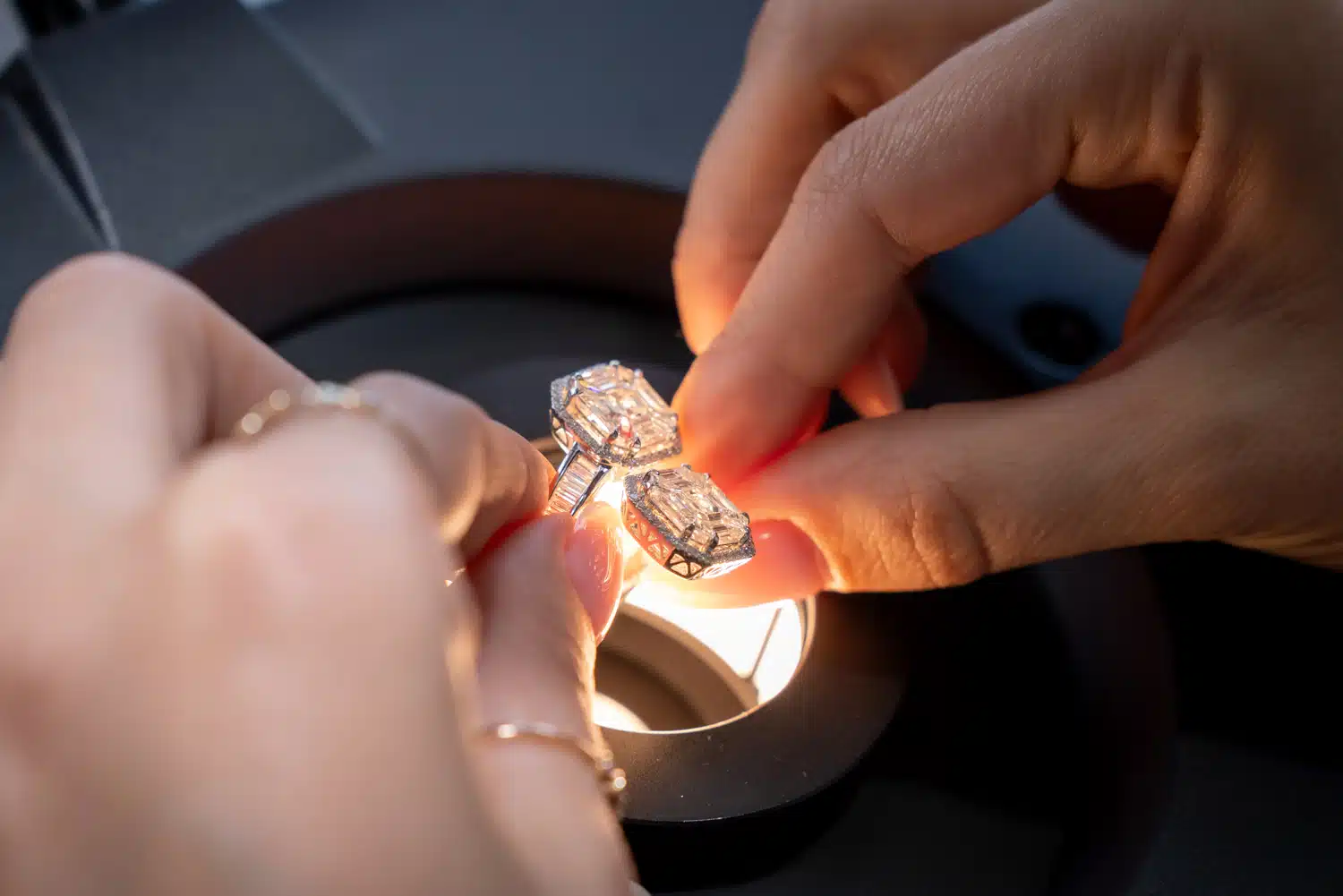The world of diamonds is intricate, captivating, and often overwhelming for consumers, particularly when it comes to understanding the essential factors that determine a diamond’s quality. The what matters in the diamonds 4cs, and Carat Weight—serve as the cornerstone of diamond valuation and selection. In recent years, lab-created diamonds have emerged as a competitive alternative to their natural counterparts, offering remarkable beauty and ethical advantages. This article delves into the significance of each of the 4Cs in the context of lab diamonds, guiding consumers in making informed decisions.
Understanding the 4Cs of Diamonds
Cut: The Key to Brilliance
The cut of a diamond is arguably the most significant of the 4Cs. It influences how light interacts with the stone, determining its brilliance and sparkle. For lab diamonds, just like natural diamonds, the cut quality can range from Excellent to Poor. An excellent cut ensures that the diamond reflects light beautifully, producing an enchanting display that captivates the beholder.
When assessing the cut, several factors come into play. Proportions, symmetry, and polish are critical. A well-cut diamond allows light to enter, reflect, and exit optimally, creating that coveted sparkle. In lab diamonds, the precision of the cut can be more consistent, often leading to superior brilliance. Understanding these characteristics can enhance your ability to select a diamond that truly shines.
Color: The Subtle Spectrum
The color of a diamond refers to the presence of color within the stone, typically evaluated on a scale from D (colorless) to Z (light yellow or brown). Lab diamonds can be produced in a range of colors, including stunning fancy colors such as blue, pink, and yellow. However, for those seeking a classic look, colorless diamonds are often the most desirable.
When choosing a lab diamond, consider how the diamond’s color interacts with its surroundings. A colorless diamond will reflect light beautifully, while a diamond with noticeable color may appear less vibrant. It is essential to compare diamonds side side to appreciate the subtle nuances in color that can significantly affect the overall appearance and value.
Clarity: The Invisible Imperfections
Clarity refers to the presence of internal or external flaws known as inclusions and blemishes. Clarity is graded on a scale from Flawless (no inclusions visible under 10x magnification) to Included (inclusions visible to the naked eye). Lab diamonds, due to their controlled creation process, can often achieve higher clarity grades compared to natural diamonds.
While clarity is important, it is crucial to remember that most inclusions are microscopic and do not significantly affect a diamond’s beauty. When selecting a lab diamond, it may be worthwhile to focus on clarity in conjunction with cut and color, ensuring that the chosen diamond is both visually appealing and a sound investment.
Carat Weight: The Measure of Size
Carat weight measures a diamond’s size and is one of the most straightforward aspects of the 4Cs. One carat equals 200 milligrams. However, the perception of size can be influenced the cut, as a well-cut diamond can appear larger than its carat weight suggests.
When purchasing a lab diamond, understanding the significance of carat weight in relation to the other Cs is vital. Consumers often prioritize larger carat weights, but balancing carat size with cut quality and overall aesthetics will yield a more satisfying choice. A one-carat diamond with an excellent cut can appear more impressive than a two-carat stone with a poor cut.
The Rise of Lab Diamonds
Lab diamonds are gaining popularity for various reasons, including their ethical sourcing, environmental sustainability, and often lower price points compared to natural diamonds. These diamonds are chemically, physically, and optically identical to natural diamonds, making them an excellent choice for consumers seeking both quality and conscience in their purchase.
By understanding the 4Cs in the context of lab diamonds, consumers can appreciate the value of these stones. Whether prioritizing brilliance, colorlessness, flawless clarity, or substantial carat weight, lab diamonds offer a wide range of options to suit diverse preferences and budgets.
Making an Informed Decision
Selecting the perfect lab diamond involves careful consideration of each of the 4Cs. Consumers should take the time to educate themselves on what aspects matter most to them. For instance, some may value a higher cut quality over carat weight, while others may prioritize color or clarity.
It is also beneficial to engage with reputable jewelers who provide detailed information about their lab diamonds, including certification from recognized grading institutions. This transparency helps ensure that consumers are making informed decisions based on accurate assessments of the diamonds they are considering.
Conclusion: Finding the Right Lab Diamond for You
Navigating the world of diamonds, particularly lab diamonds, can be a rewarding experience when armed with knowledge about the 4Cs. By understanding the significance of cut, color, clarity, and carat weight, consumers can make choices that align with their aesthetic desires and ethical standards.










